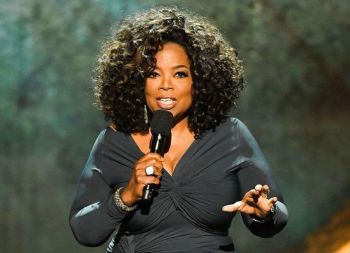
Fashion Design for Different Body Types and Cultures
The Importance of Diversity in Fashion Design
The fashion industry has long been criticized for its lack of diversity in both body types and cultural representation. However, in recent years, designers and consumers alike have been vocal in demanding more inclusivity in fashion design. This is important because diversity and inclusivity not only reflect the real world, but they also expand the fashion industry’s potential customer base.
Designing for Different Body Types
Designing for different body types is crucial to creating clothes that fit and flatter a range of people. Rather than simply increasing the size of clothes for plus-size customers, designers must create tailored garments incorporating elements that highlight and flatter different body shapes. This process starts with understanding different body types and their unique features, and then designing clothing that accentuates and elevates those features.
For example, A-line dresses and skirts can help create an hourglass figure, while diagonal lines and asymmetrical designs can elongate the body and create a more streamlined look.
Designing for Different Cultures
Culture plays a significant role in fashion design. Clothing, in addition to being a form of self-expression, is heavily influenced by cultural customs and traditions. Designers, therefore, should have a cultural understanding and sensitivity to create clothes that are respectful and authentic to a particular culture.
For example, different cultures have specific dress requirements that designers must understand. In Muslim culture, for instance, hijabs and abayas are worn as a form of modest dress. Designers must respect this cultural dress tradition and design items such as hijabs that are fashionable but also fit within the Muslim modest dress code.
The Future of Fashion Design
The future of fashion design lies in diversity and inclusivity. As consumers become more vocal about their desire for clothing that represents different body types and cultures, designers will need to adapt to reflect these changing attitudes. The fashion designers of tomorrow will not only need to be fashion-forward but also have an understanding of the diversity of people and cultures to create clothing that is not only stylish but also accessible to all.
In conclusion, fashion design for different body types and cultures is essential in creating clothing that is accessible and inclusive to all. Designers need to respect cultural traditions while creating clothing that fits and flatters different body types. With this understanding, the future of fashion design is bright, with continued advancements in diversity and inclusivity in fashion. Our dedication is to offer a fulfilling educational experience. That’s why we suggest this external website with extra and relevant information about the subject. fashion designing college https://www.whistlingwoods.net/admissions/whistling-woods-school-of-fashion-and-design/, explore and expand your knowledge!
Want to know more about this article’s topic? Access the related posts we’ve chosen to complement your reading:
Learn more in this informative document







































